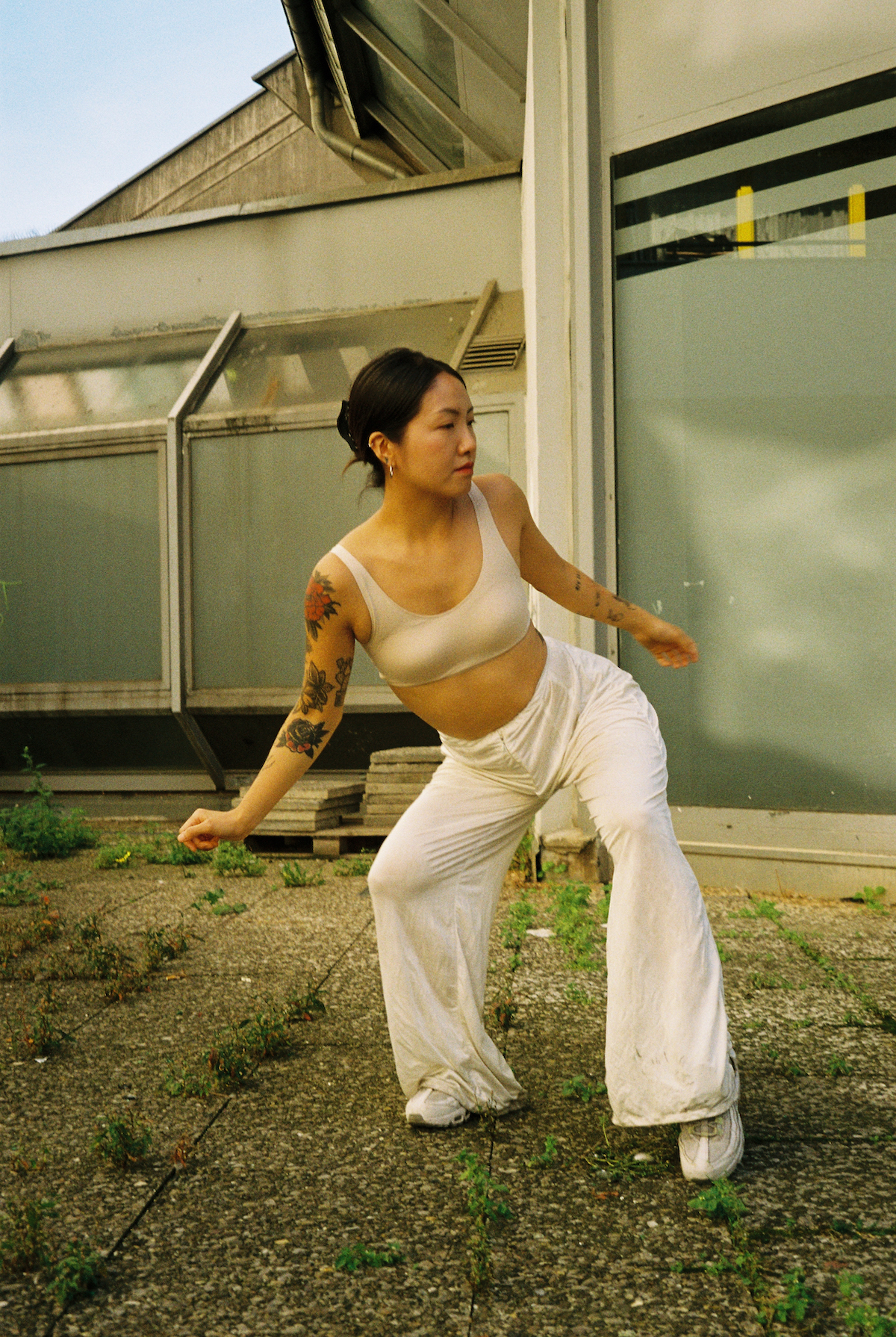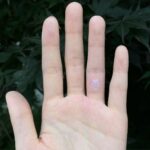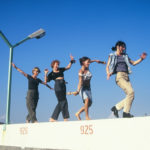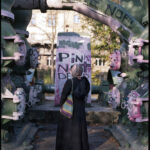Korean tattoo artists usually practise their art form in the shadows of unmarked studios and…
NEWDAY Saenal Yu
Interview with the dancer on her recent film, "I Met some Racists" and more22 March 2022
Saenal Yu (she/her) is a professional dancer from Seoul, South Korea. Saenal left Seoul and headed to Berlin after realizing that she could not find the kind of career path or happiness she desired in Seoul.
However, leaving one setting and entering a new one presented a new set of challenges for Saenal, with Anti-Asian hate crimes and xenophobic attacks increasing at an ever alarming exponential rate since the advent of COVID-19. As a response to her own experiences with hate crimes in Berlin, Saenal created a short film entitled, “I Met Some Racists”. We sat down to chat with Saenal about South Korea, Berlin, the shortcomings of both the East and West, her film, and how dance has become a form of political resistance for the dancer.
We will also be premiering Saenal’s video at our event, How Far Have We Come? In Memory of the Atlanta Attackson 16th March 2021 on March 23rd. Click here for more your ticket.
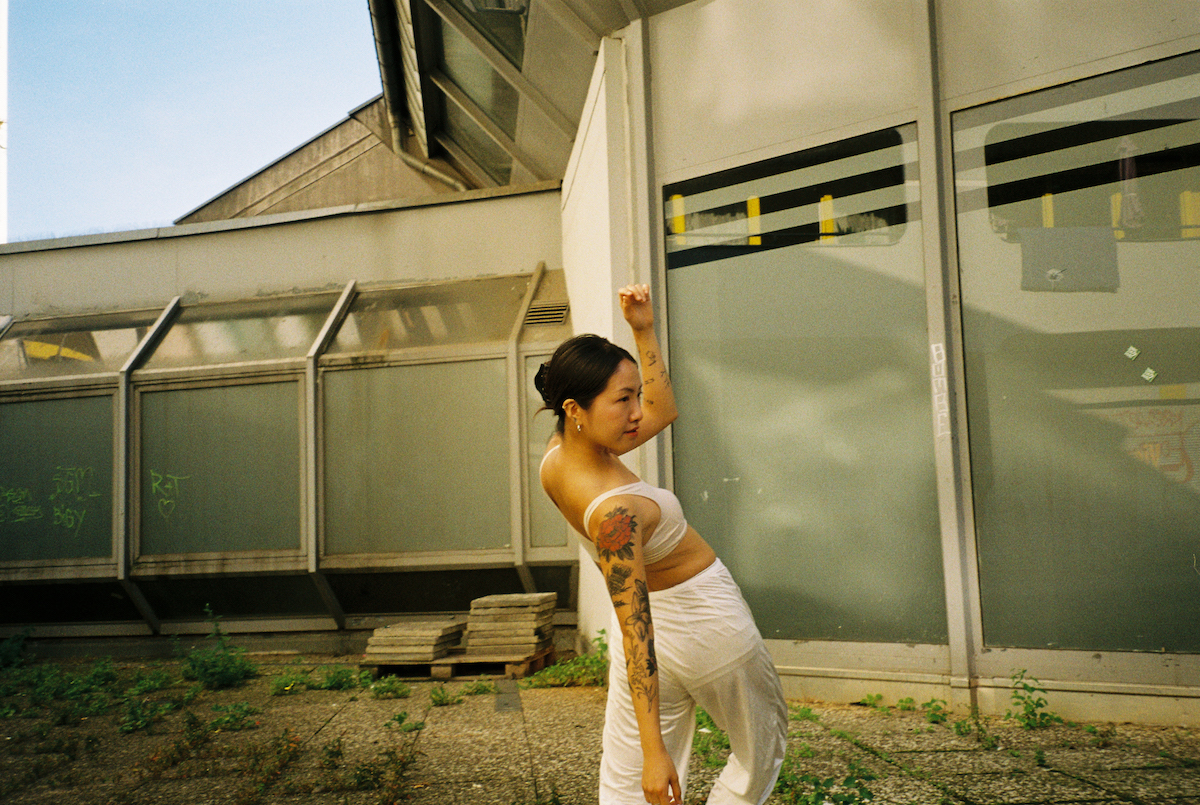
Hey Saenal, thanks for chatting with us. When did you move to Berlin and what were the dominant factors that made you decide to leave Seoul?
Saenal: Hi YEOJA Mag, thanks for having me. I moved to Berlin five and a half years ago. There were several reasons, but I simply wasn’t happy in South Korea. I think one of the main factors was the work ethic. The term, ‘Gwarosa’(과로사’), sums it up, which refers to death by overworking. I also feel that South Korean culture is very male dominated. Although it’s very cutting edge technologically, South Korea seems pretty dated, morally speaking. I often felt people were easily discriminated against and extremely judgmental. When I was hanging out with foreign friends I realised I felt freer, more at ease. I would often hear about their travels and experiences of living in different countries. Naturally, I started to dream of living in another country.
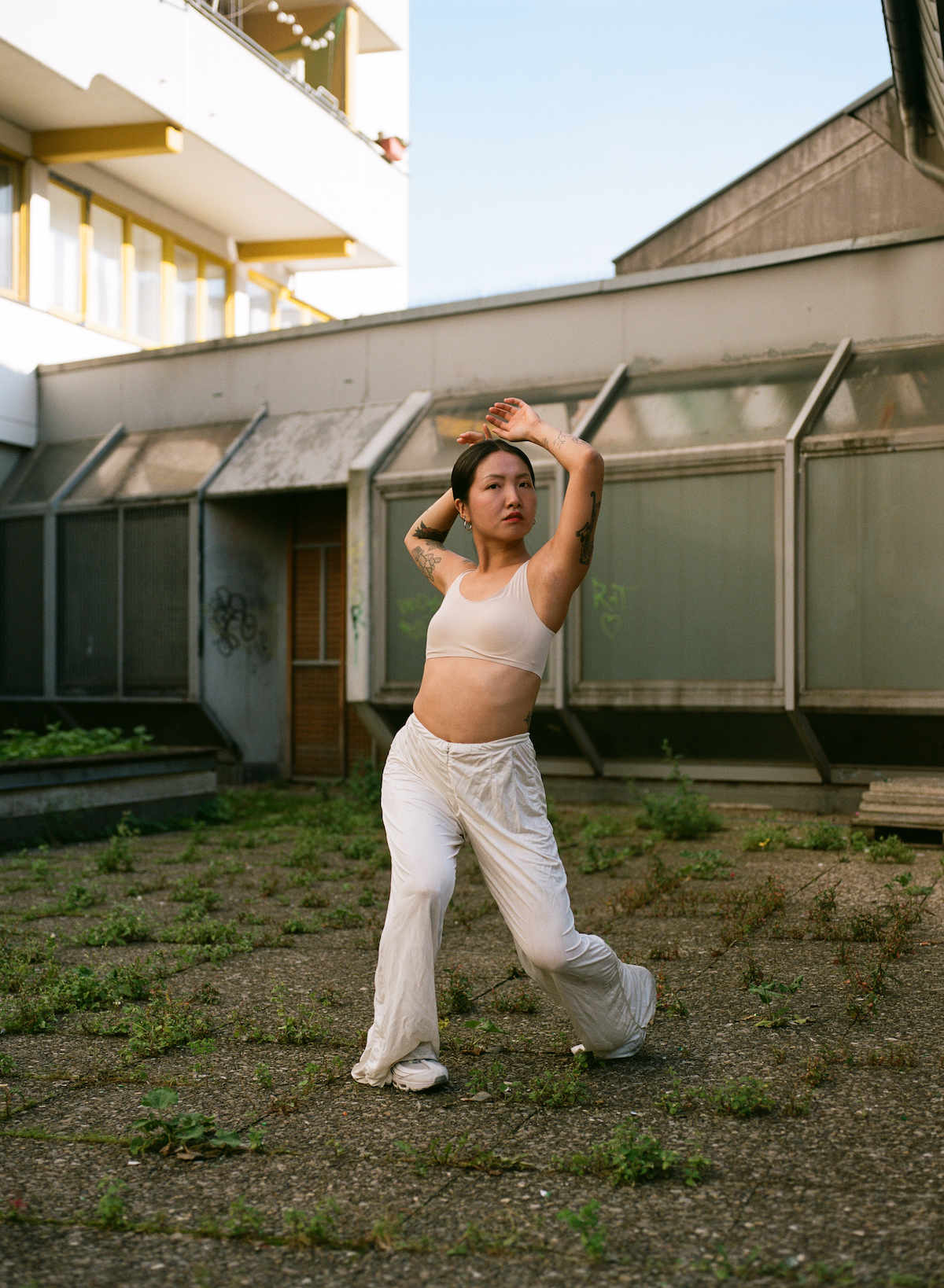
How do damaging patriarchal and heteronormative standards and traditional Korean cultural values that are problematic specifically play out within the art scene in South Korea?
Saenal: Beauty is praised all over the world but it seems to play an even more important role in South Korea. On top of that, I felt that it was even easier to succeed if you were not only attractive but also cis-male.
During my experience in the dance scene in South Korea, cis-male dancers were always treated with more care, and seen as the most special. However, everyone felt a certain pressure to look a certain way. I was often judged about my appearance and background: I was told I was not beautiful enough, not skinny enough, and that my skin wasn’t blemish-free enough. It was not uncommon for people to even urge each other to get plastic surgery. What led me to give up the dance scene in South Korea was not only the traumatic stress from the endless judgment, but my loss of faith when I was expected to buy my way to success: On top of my tuition fees, I was blackmailed by my teacher to give them money under the table. This was where I drew the line.
Your mother has also had her own struggles with South Korean politics and culture. Can you tell us more about her life story and political work?
Saenal: My mother voices the problems in South Korean society through folk songs, some of which she writes herself. Capitalism, irregularities, corruption, salary inflation, sexism, and a distorted view of history created by the Japanese during their occupation from 1910-1945 that continues to persist are some of the themes she sings about.
After South Korea’s 36 years of colonisation by Japan, South Korea instantly fell into a military dictatorship between 1961-1993. A lot of people demonstrated and fought for the right to freely elect the president and for a democratic government. During these tough times, a lot of people lost their lives. My mother was one of the many that participated in some of the most important days of our history, like the June Democratic Struggle, Candlelight Revolution, and the Gwanghwamun anti-government rally. I couldn’t understand when I was younger and I often asked my mother, “Why are you trying to live such a difficult life? And why folk songs?”
I still remember her replying, “I’m just a person and this is my story and my songs and from so many of my stories it became my life’s songs. I am just singing about life around me. In the larger picture of history, my voice is one small dot-like speck of dust, like a very small piece of a larger mosaic. In 2016, I stood amongst 10 million people, all holding candles in solidarity. From afar it looked like one flame but it took every individual standing with a candle to create that flame.”
My mother gifted me with the name ‘Seanal 새날, 새날이 온다’ which stands for ‘new day/ revolution’. I always felt that I had big shoes to fill.
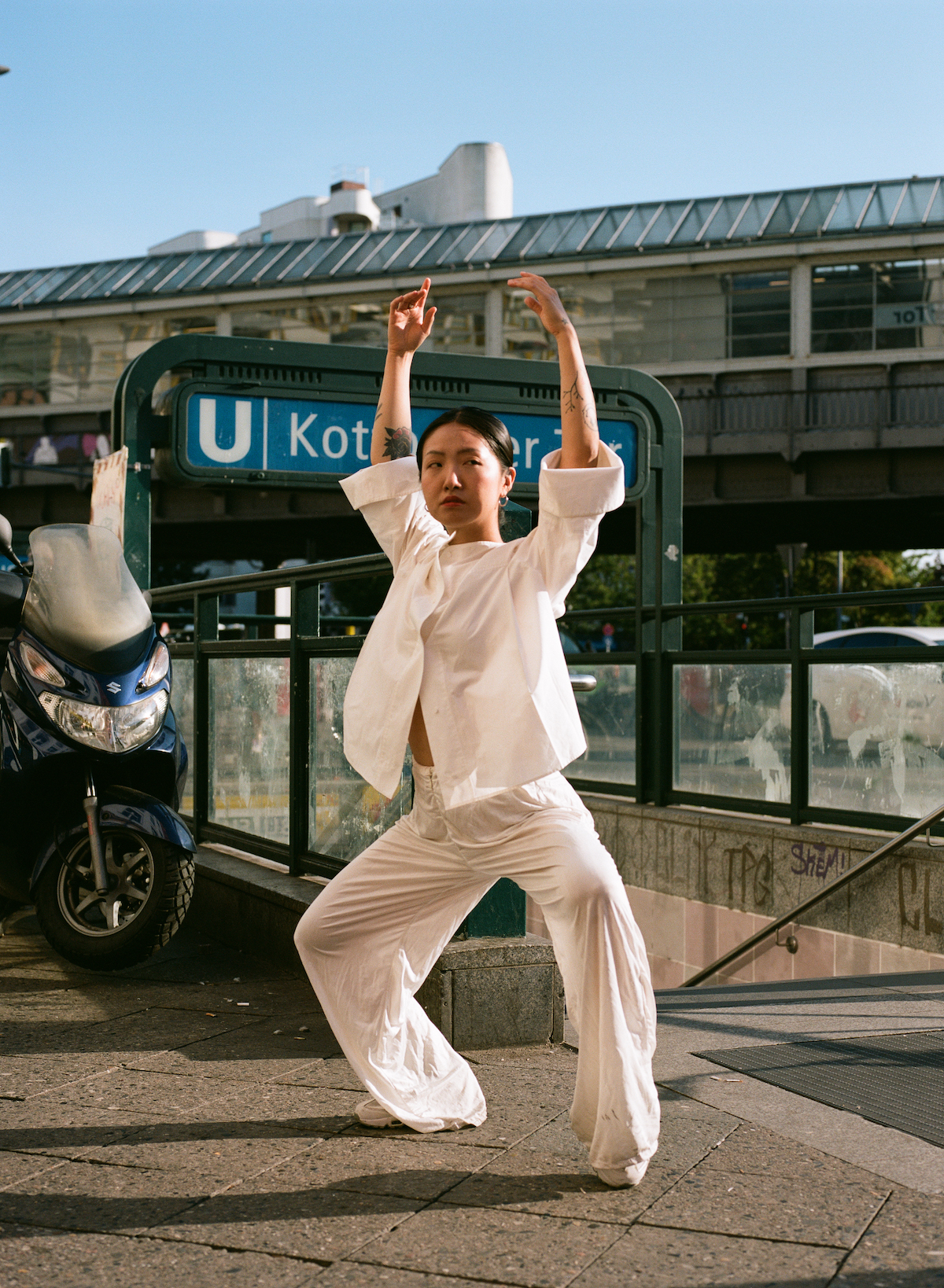
In coming to Berlin, do you feel you were able to escape the issues you had in Seoul? What new issues were you presented with in Berlin that did not exist in South Korea?
Saenal: I don’t want to say I escaped the issues from South Korea but I would say I tried to leave them behind [metaphorically and literally]. Although I am happier living in Berlin, I do have a very special place in my heart for South Korea. Berlin has given me a new sense of freedom and feels extremely well suited for artists but it has also not been the easiest to survive as a foreigner.
I was told to go back to my own country my first week here. This was a heart-wrenching first experience of racism and the first I had ever experienced in my life. It has since become a frequent thing. I couldn’t speak English or German at all when I first came here, so I had written down translations of important phrases [for the Ausländerbehörde] in my journal whilst I persisted 8 times to get a working visa, each time getting declined and one time even being told that I would not be given a work visa as I would be taking jobs from German citizens.
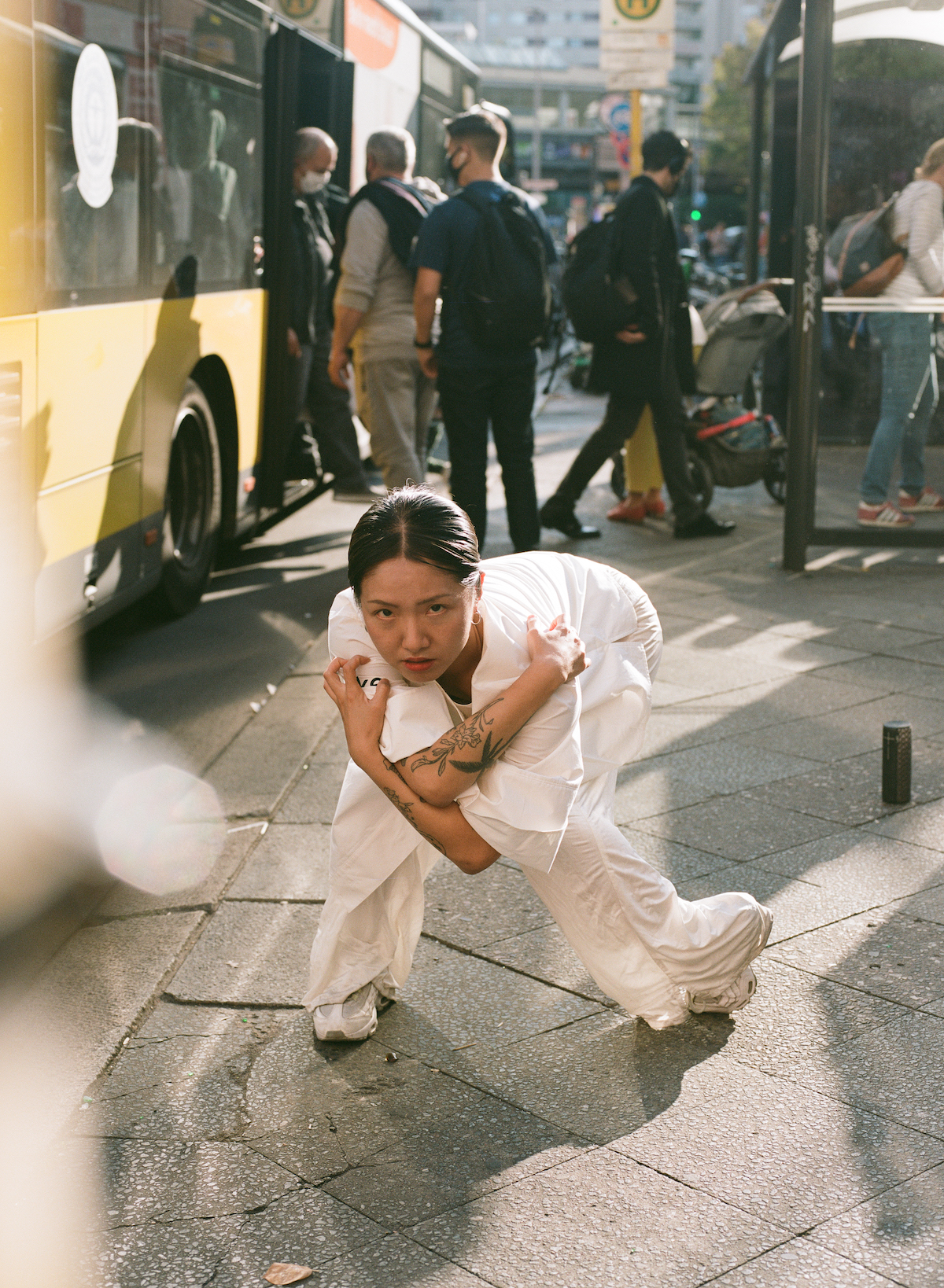
Coming from a rather homogeneous country in Asia and being thrusted into the West must have been a jarring experience in terms of being confronted with not only a different culture and language but also being confronted with racism, xenophobia, and the both racist and sexist stereotypes that exist about Asian women in the west. How have you processed these experiences?
Saenal: I always choose to fight in any kind of situation. Every day when I leave my home, I ask myself, “How will today go?” You are confronted with racism when you are on public transport on the way to work and when you arrive at your workplace, you are confronted with sexist remarks. You go to the pharmacy or supermarket and people complain that your German is poor. It is exhausting sometimes.
Whilst using dating apps, some people expected things from me and would ask stupid questions [related to me being Asian]. I even have colleagues that said they were disappointed in me because I don’t come across as sweet and friendly like they imagine Asian folx to be. It’s everywhere, and every second, so you have to be stronger. Being forward and calling people out on it might not fix the situation then and there, but I hope it plants a seed [for change].
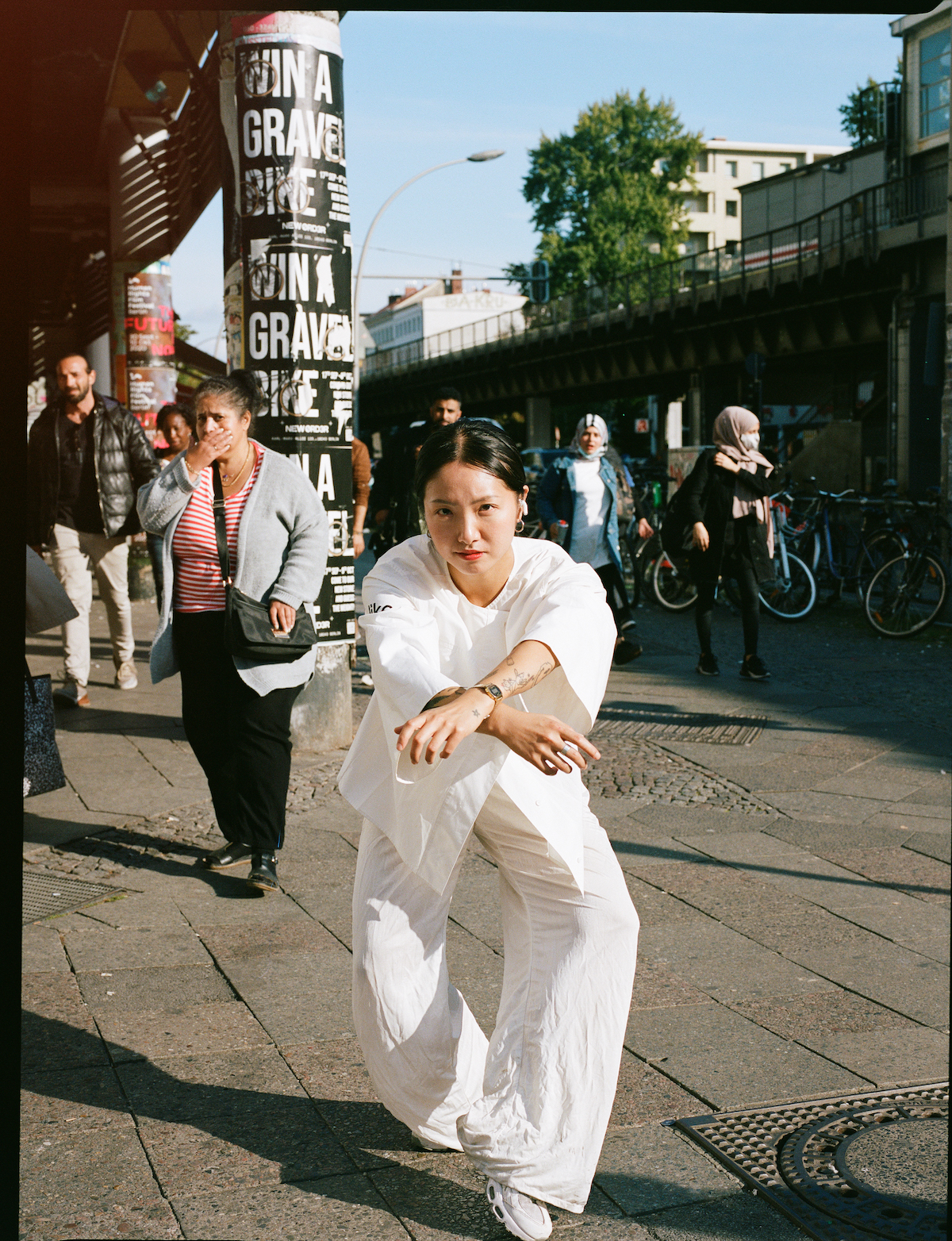
Can you tell us more about your film, I Met Some Racists as well as its accompanying photo series?
Saenal: It was ultimately a way to process the experiences I have had. The film was a response to one experience in particular, and I used it to flip the power dynamic on it’s head so that I could reclaim my power. Both the film and photo series were shot in the locations where I had both witnessed and personally experienced racism, mainly around Kottbusser Tor in Kreuzberg.
It all materialised after I started posting racist experiences on Instagram. I got so many responses and apologies. People messaged me with: “I feel so sorry for you, this is terrible, etc…” but others were surprised and said things like: “Really? In Germany?” It was very interesting to see how people reacted so differently. A photographer and friend of mine, Jerome, was very interested in my story. He offered to do a photoshoot with me based on these experiences. So we met in Kreuzkölln and went to places where I experienced racist attacks and I danced.
The film idea was created with my boyfriend, Chris. It was during quarantine and everything was closed but I still wanted to express myself and create. Piggybacking off the idea of using dance as a way to express my feelings about these racist encounters, I wanted to capture the experience of dealing with a racist attack. I wanted to guide someone through the process of dealing with racism. I wanted to transport the viewer into my experience and I think the use of the two low-fi formats really highlighted the rawness of the situation. On top of that, the sound composition and design really heightens the experience for the viewer. It was very special to create this piece with my partner, who is caucasian, cisgender, and male. Going through this experience/process together allowed us to learn, feel – even cry – and in the end, create a piece of art from these experiences.
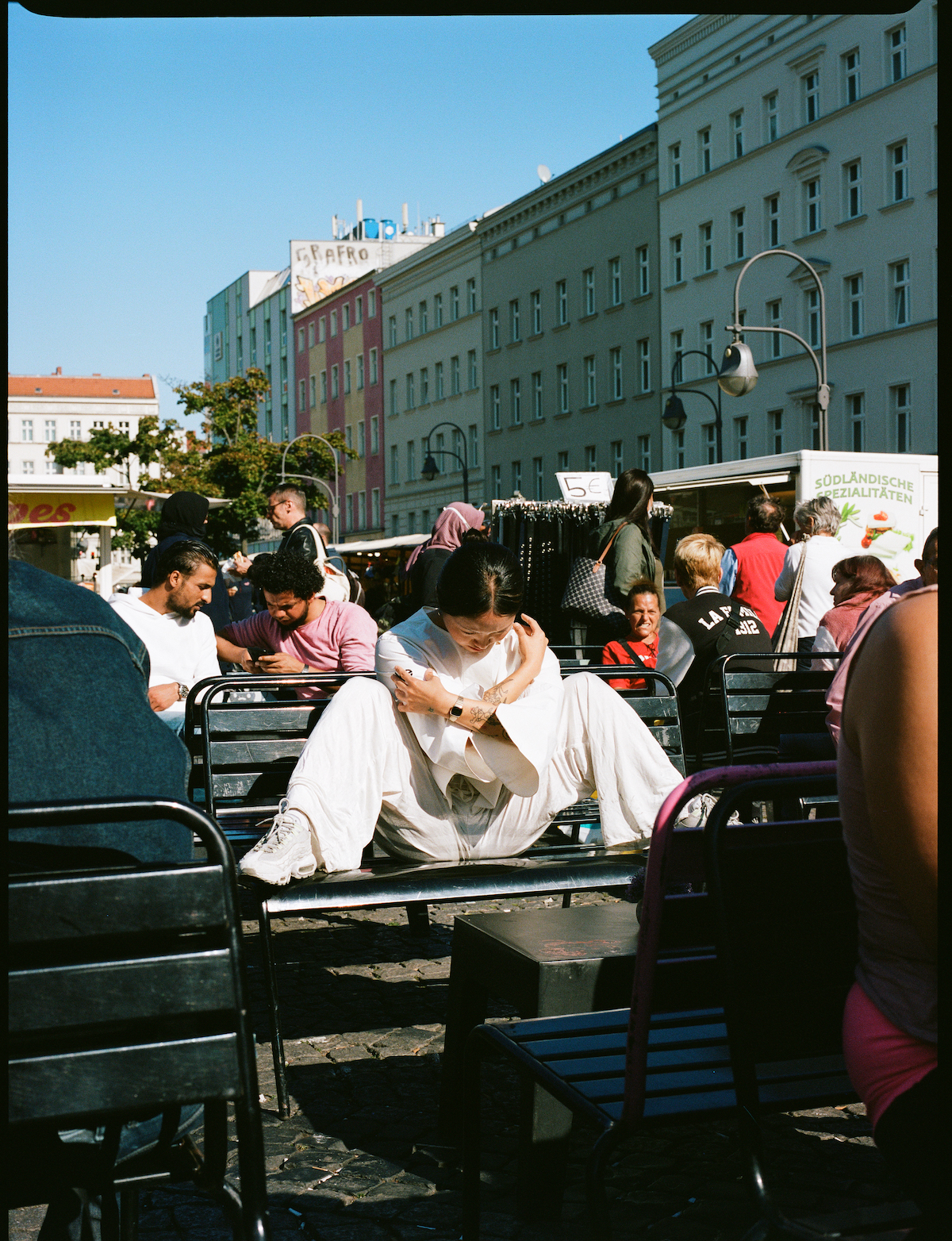
What was the actual filming process like for you? How did people around you react during the filming process and did you have any noteworthy interactions with anyone during the process?
Saenal: It was very empowering but also intense as I had to recall painful memories in order to respond through movement. I had a moment during the photoshoot at Kottbusser Tor where a person who was homeless came and danced alongside me – it was kind of surreal. At that moment, I felt a connection.
We actually had to go to the stations really early in the morning to avoid large crowds of people. We did get stopped by workers from the station asking what the film was about – we were very honest and explained that it was an art piece and that I was dancing in response to racist experiences that happened here. They seemed ok even though we had no permit. However, as they were sent to tell us to stop after we were caught on the security cameras, they suggested that we to move to another station to be able to continue. So we went one stop to Moritz Platz to get the final shots. It was very early in the morning and the only other people around were mostly intoxicated,so most people just went by minding their own business, really.
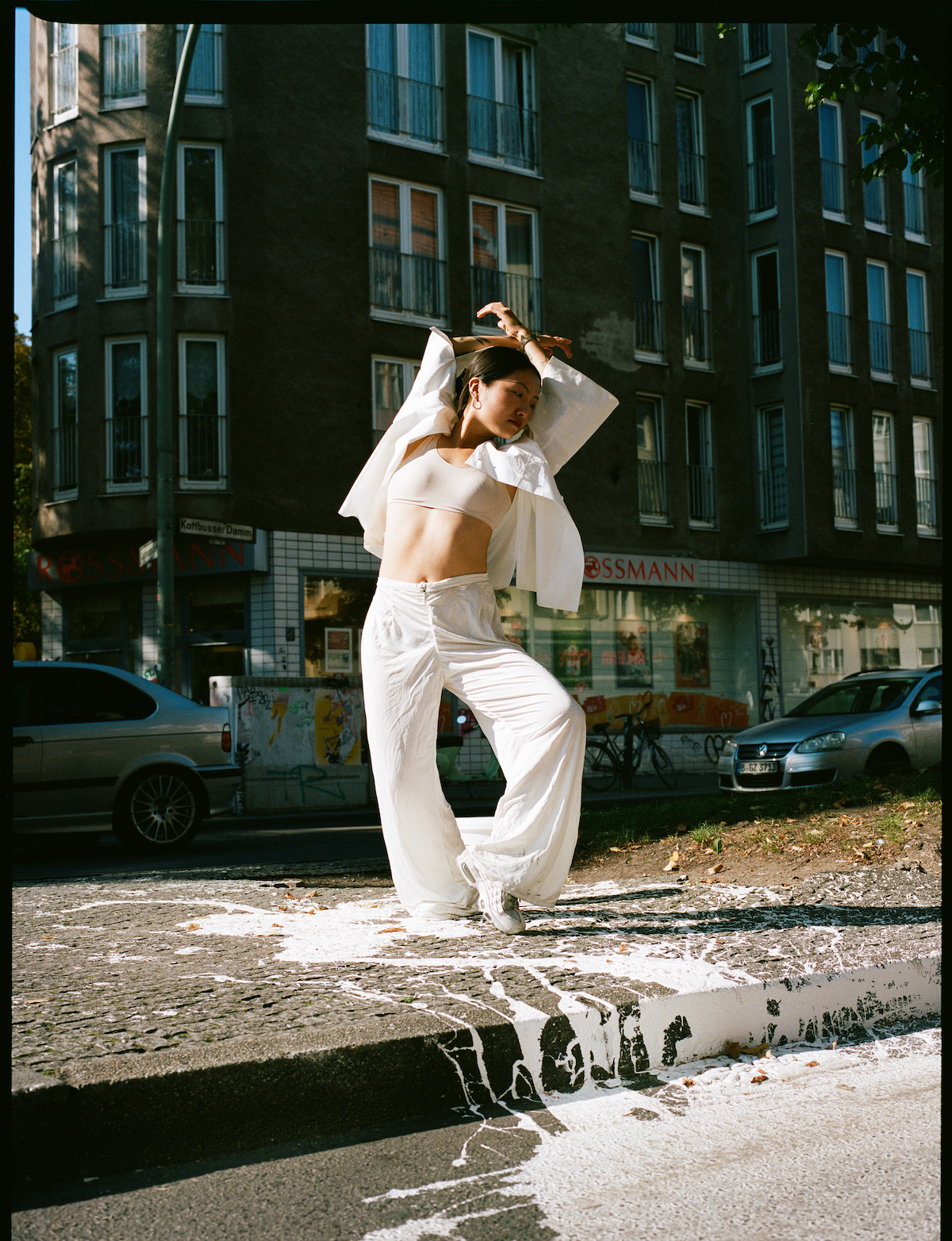
Was dance always something that was inherently political for you, or has it only become such since embarking on this project?
Saenal: I think dance itself is one of my tools for expressing my emotions and a way for me to deal with life. This project was one example. I have been doing it for the last sixteen years unknowingly, but since coming to Berlin, I am actively and consciously bringing politics into my movement.
You are also looking to become a movement instructor. Can you tell us more about this? And will you continue to use dance as a form of resistance as an instructor as well?
Saenal: I recently got accepted for a scholarship for a Barre instructor training course. I think I was chosen as my application stated I wanted to encourage people like me and to show them that it is possible to be a dancer with a marginalised background. I want to create a safer place. I want to take what I have learned and experienced and give back. I want to share my journey. I found love for movement again through fitness as I had lost a lot of love for it through what I had experienced in South Korea. I am faced with a lot of anxieties, of course. I think things like, “Is my English good enough?” But it’s a struggle I am willing to endure and look forward to it. So for anyone reading, in the near future… Please join my class, haha
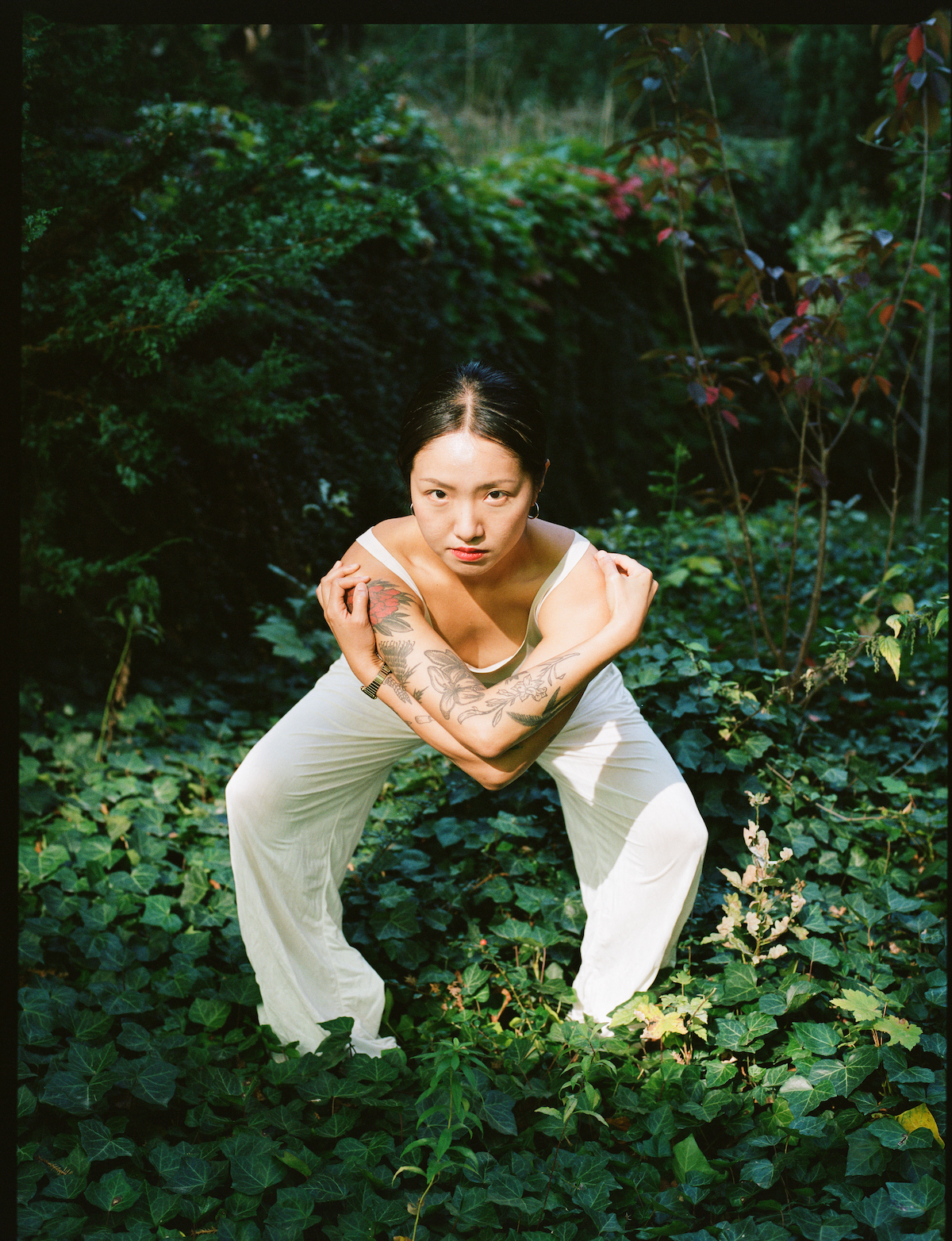
Lastly, now that you have released your first short film are you looking to continue creating more?
Saenal: Yes, I am very excited to see the reaction to the film as we have kept it under wraps for some time as I was looking for a fitting platform. I am so happy to have come across YEOJA Mag and I feel the fit is just perfect. I feel this is just the start of many more amazing projects and collaborations. So again, a bit more self-promotion: If anyone wants to collaborate then just hit me up @newdayworld. Thank you very much YEOJA Mag for having me, it’s been a pleasure to be part of YEOJA, and I really appreciate what y’all are doing.
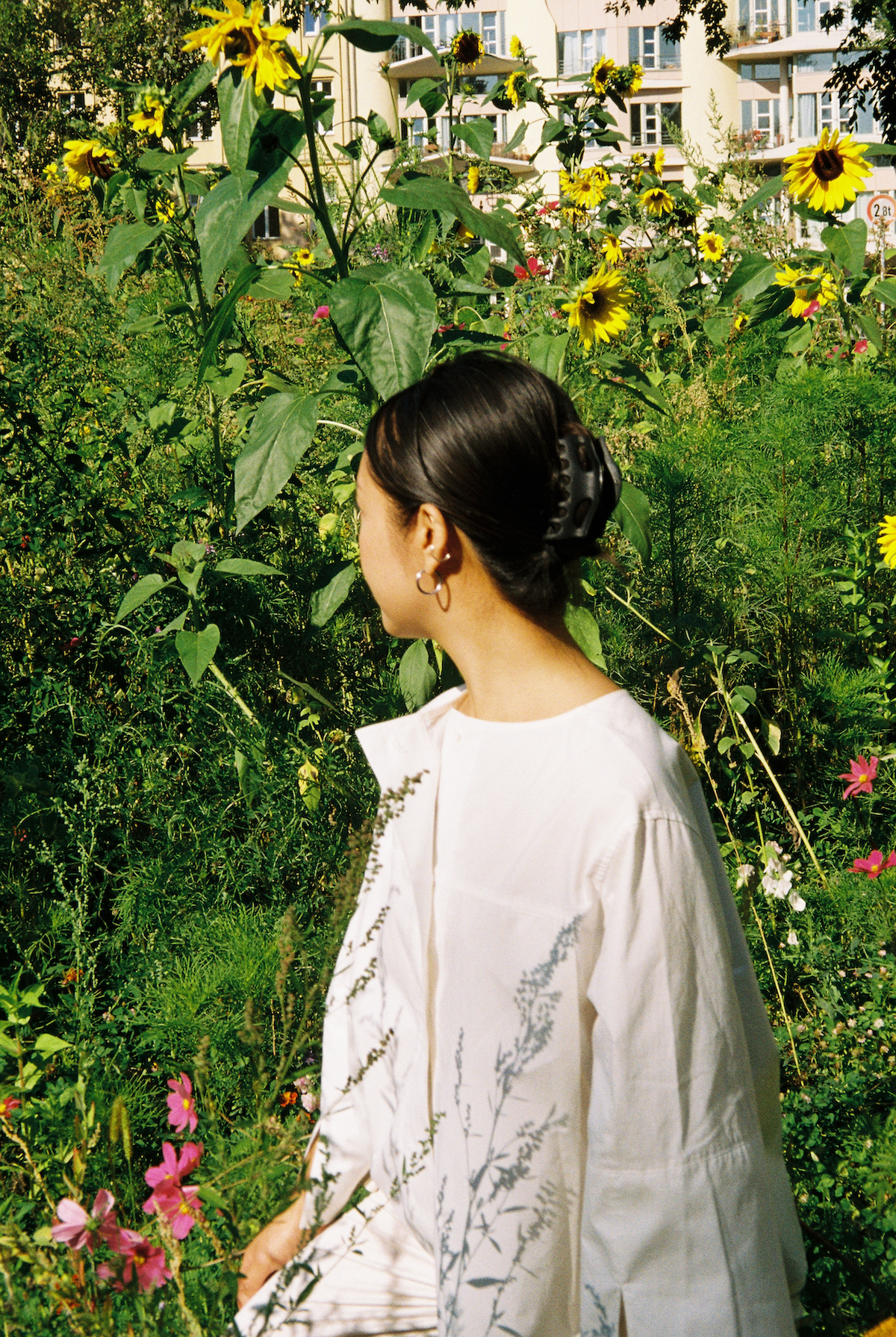
_
Photography by Jerome Warburton for YEOJA Mag. To follow Saenal on Instagram, click here. To watch Saenal’s film, please come to our event on the 23rd of March 2022 at 8PM at Haus der Statistik in Berlin for our event, “How Far Have We Come? – a Community event in Memory of the Atlanta attacks on 16 March 2021”
For more art and culture, click here. For more interviews with South Korean artists, click here.



